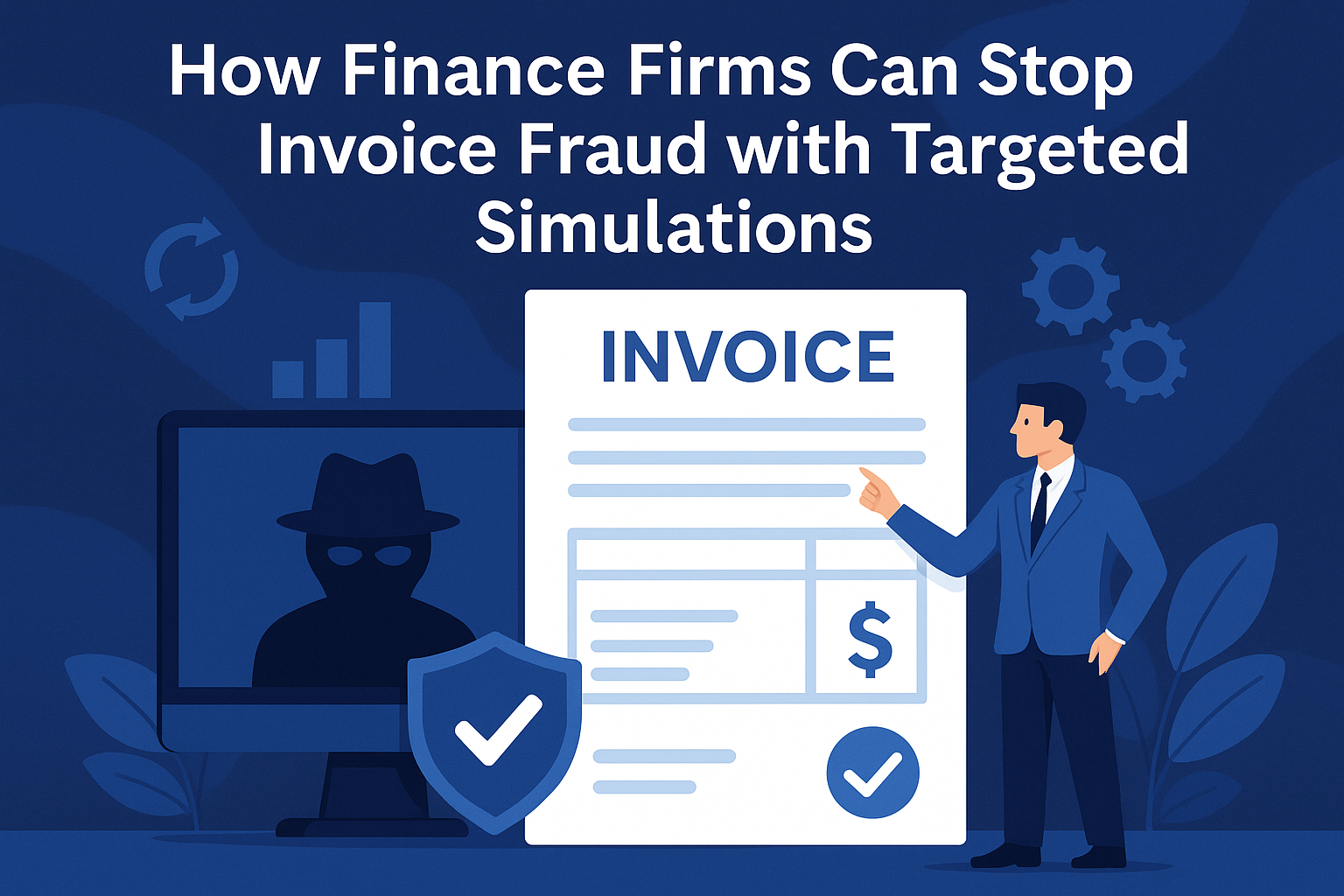Tech
Why an 11 x 17 Scanner is Essential for Large Format Document Management

In today’s digital world, document management is critical for businesses handling large-scale paperwork, architectural blueprints, engineering drawings, or detailed graphics. While standard-sized documents are easy to scan, larger documents require specialized equipment to maintain clarity, accuracy, and efficiency. An 11 x 17 scanner is the ideal solution for digitizing oversized documents without compromising quality or productivity.
Whether you’re working in architecture, education, healthcare, or corporate offices, investing in a high-quality large-format scanner can streamline operations and improve document accessibility. Let’s explore why large-format scanning is important and what key features to look for in an 11 x 17 scanner.
The Importance of Large Format Scanning
Scanning and digitizing large documents is crucial for preserving records, reducing storage needs, and enabling easy file sharing. Here’s why an 11 x 17 scanner is an essential tool for businesses and professionals dealing with large documents:
1. High-Quality Digital Archiving
Paper documents deteriorate over time, making digital backups essential. Large-format scanners ensure that oversized documents—such as legal contracts, engineering blueprints, and artwork—are preserved with high-resolution accuracy, eliminating the risk of data loss.
2. Increased Productivity and Workflow Efficiency
Instead of manually resizing and scanning documents in multiple sections, an 11 x 17 scanner allows for seamless digitization in a single pass. This speeds up workflow, reduces errors, and eliminates the need for cumbersome manual assembly of scanned pieces.
3. Professional-Grade Image Quality
Oversized documents often contain intricate details that need to be preserved during scanning. Advanced scanning technology ensures that text remains crisp, colors remain vibrant, and fine details in graphics and diagrams are retained.
4. Space-Saving and Cost-Effective
Large-format scanners eliminate the need for bulky filing cabinets and physical storage solutions, helping businesses save space and reduce paper clutter. Additionally, transitioning to digital documents cuts down on printing and paper costs.
5. Versatility Across Industries
Many industries benefit from large-format scanning, including:
- Architecture & Engineering: Digitize blueprints, technical drawings, and site plans for easy sharing and collaboration.
- Education & Research: Preserve and share oversized historical documents, maps, and study materials.
- Healthcare & Legal: Convert large medical records, case files, and contracts into searchable, digital archives.
For businesses that require high-resolution scans of fragile or bound materials, flatbed scanners provide an alternative solution, ensuring delicate documents are handled with care.
Key Features to Look for in an 11 x 17 Scanner
Choosing the right 11 x 17 scanner depends on several factors, from scanning speed to image quality. Here are key features to consider when selecting a large-format scanner:
1. High Resolution and Color Accuracy
Look for scanners with high DPI (dots per inch) resolution to ensure crisp, detailed scans. Color accuracy is especially important for businesses dealing with artwork, marketing materials, or technical blueprints.
2. Automatic Document Feeder (ADF) vs. Flatbed Scanners
- ADF scanners are ideal for high-volume scanning, enabling batch processing without manual intervention.
- Flatbed scanners are best for delicate or bound materials that require careful handling during scanning.
3. Duplex Scanning for Efficiency
A scanner with duplex capabilities allows for simultaneous double-sided scanning, reducing processing time and making document management more efficient.
4. Fast Scanning Speed
For businesses with heavy scanning needs, a high-speed scanner ensures quick turnaround without sacrificing quality. Look for models that offer at least 30–60 pages per minute (PPM) for optimal performance.
5. File Format Flexibility and OCR Technology
A good large-format scanner should support multiple file formats (PDF, TIFF, JPEG) and include Optical Character Recognition (OCR) for searchable text conversion, improving document retrieval and organization.
6. Connectivity and Integration Options
Modern scanners should integrate seamlessly with cloud storage, network servers, and document management systems for easy access and sharing across teams.
An 11 x 17 scanner is an invaluable tool for businesses and professionals who require high-quality, efficient, and accurate large-format document scanning. Whether you need to digitize architectural plans, educational materials, or corporate reports, choosing a scanner with the right features can significantly improve workflow and document accessibility.
For offices looking to create a quieter, more productive workspace, pairing an efficient scanner with the quietest keyboard switches can enhance the overall office experience. With the right combination of technology, businesses can streamline operations while maintaining a comfortable, distraction-free environment.
-

 Tech1 year ago
Tech1 year agoHow to Use a Temporary Number for WhatsApp
-

 Business2 years ago
Business2 years agoSepatuindonesia.com | Best Online Store in Indonesia
-

 Social Media1 year ago
Social Media1 year agoThe Best Methods to Download TikTok Videos Using SnapTik
-

 Technology1 year ago
Technology1 year agoTop High Paying Affiliate Programs
-

 Tech10 months ago
Tech10 months agoUnderstanding thejavasea.me Leaks Aio-TLP: A Comprehensive Guide
-

 FOOD12 months ago
FOOD12 months agoHow to Identify Pure Desi Ghee? Ultimate Guidelines for Purchasing Authentic Ghee Online
-

 Instagram3 years ago
Instagram3 years agoFree Instagram Auto Follower Without Login
-

 Instagram3 years ago
Instagram3 years agoFree Instagram Follower Without Login




















